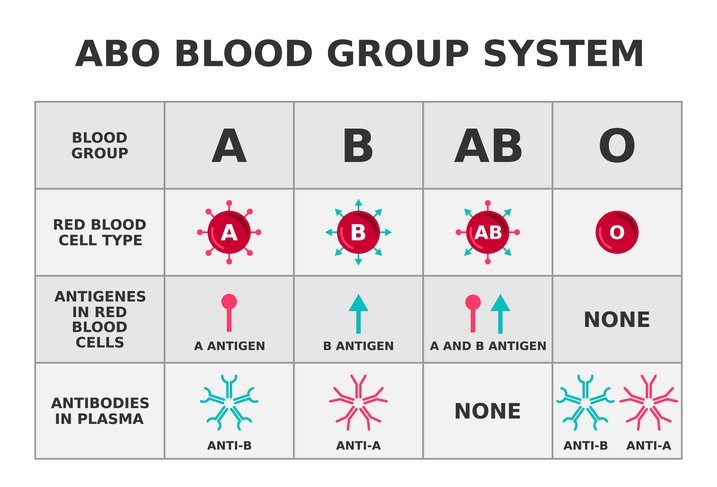In a recent discovery, scientists from the University of Bristol and NHS Blood and Transplant (NHSBT) have announced the identification of a new blood group system known as MAL.
This new system solves a 50-year-old mystery surrounding the AnWj blood group antigen, first discovered in a pregnant woman’s blood sample in 1972.
The team, led by senior research scientist Louise Tilley, developed a genetic test to identify patients who lack the AnWj antigen.
This significant breakthrough will facilitate the identification of suitable blood donors and improve care for patients with this rare condition.

“It’s challenging to quantify the exact number of people who will benefit from this test,” said Tilley. “However, NHSBT is the last resort for around 400 patients each year worldwide.”
The head of the International Blood Group Reference Laboratory at NHSBT, Nicole Thornton, emphasized the importance of this discovery, highlighting it as a considerable achievement in the field of hematology.
The new test will be incorporated into existing genotyping platforms and is expected to enhance patient safety and the efficacy of blood transfusions globally.
This achievement is the result of nearly two decades of research and collaboration between teams from the UK and Israel.
The scientists found that over 99.9 percent of people have the AnWj antigen, which is a protein responsible for maintaining cell membrane stability and aiding in cell transport.
When someone has a mutated version of both copies of their MAL genes, they end up with an AnWj-negative blood type.
In studying this mutation, Tilley and her team identified three patients who did not have this mutation, suggesting that certain blood disorders may also suppress the AnWj antigen.
Tim Satchwell, a cell biologist at the University of the West of England, noted the complexity of identifying the MAL protein.
“MAL is a very small protein with some interesting properties which made it difficult to identify and meant we needed to pursue multiple lines of investigation to accumulate the proof we needed to establish this blood group system,” Satchwell explained.
To confirm their findings, the team introduced the normal MAL gene into AnWj-negative blood cells, which then produced the AnWj antigen.
This confirmation finally established the genetic basis of the MAL blood group system.
The implications of this discovery are far-reaching. Patients can now be tested to see if their negative MAL blood type is due to inheritance or suppression, the latter potentially indicating an underlying medical issue.
Understanding these rare blood quirks can have a substantial impact on patient care and potentially save countless lives.
The research detailing the MAL blood group system was published in the journal Blood, marking a pivotal moment in the ongoing quest to understand and improve blood transfusion practices.
